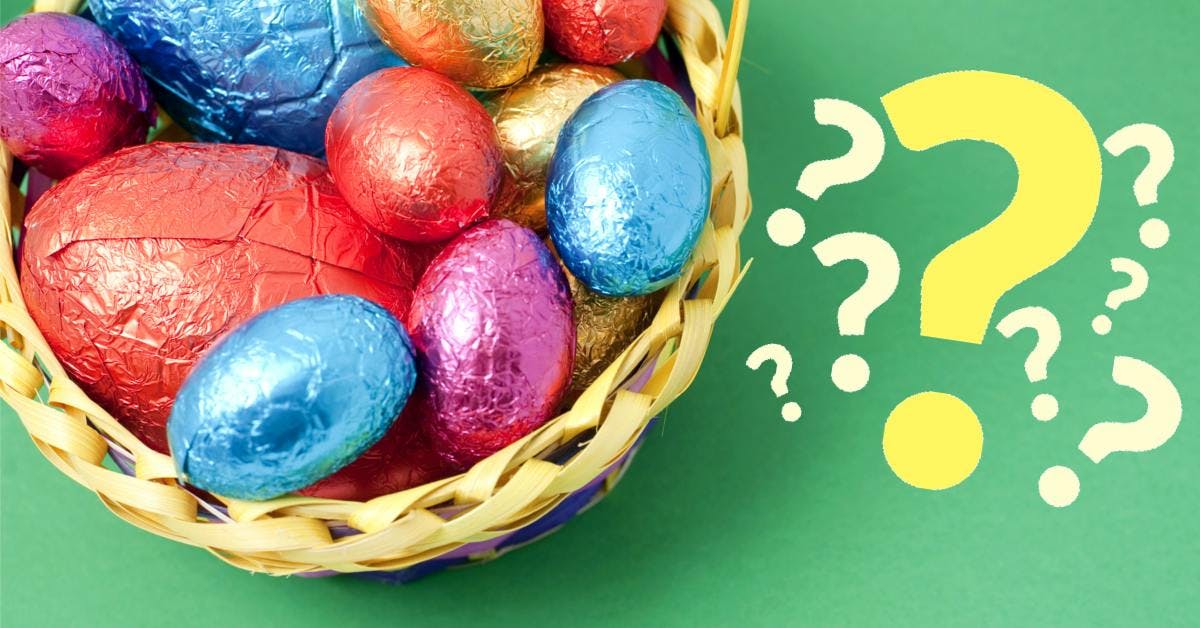
Why do we give eggs at Easter?
There’s a whole host of activities that come to mind when Easter time rolls around: nibbling on chocolate eggs and edible bunnies, painting shells pretty pastel colours and, for some, commemorating a hallowed, religious holiday. While you’re tucking into sweet Easter treats - like the tasty Chegg’s Chocolate Eggs in April Gin of the Month box - check out where some of the day’s most notable traditions trace their roots.
The Easter Bunny
It is believed that the idea of the Easter Bunny arrived with German immigrants coming to the United States in the 1700s. For German Lutherans the Easter Hare was a figure similar to Santa Claus, who would visit children and reward them for good behaviour with treats at the beginning of each Easter season, gifting them coloured eggs, candy, and sometimes even toys from a little basket that it carried.
Another explanation lies in the story of the goddess Eostre (who some believe the name ‘Easter’ is derived from), the pagan goddess of spring and fertility. Legend has it that Eostre came across a bird dying from the cold and transformed it into a rabbit so it would be covered in fur to keep it warm. Once transformed, however, it continued to lay eggs like a bird and would paint them each spring, presenting them as offerings to the goddess.
In other versions of the tale, the rabbit would give the coloured eggs to children, rather than Eostre, which may have also started the tradition of children receiving colourful eggs on Easter Day.
Painting Eggs
Eggs have often been used in celebrations of spring for their symbolisation of rebirth and new life after winter. The ancient Persians painted eggs for Nowrooz, their New Year celebration occurring on the spring equinox, while early Christians in Mesopotamia coloured their eggs red during this time to represent the blood shed by Christ during his crucifixion.
In 13th century England, King Edward I ordered 450 eggs to be dyed and decorated with gold as gifts for the rest of the royal household. With different cultures from around the world celebrating spring in similar ways, it’s no surprise this tradition is alive and well even to this day.
Chocolate Eggs
We can thank the Victorians for this tasty tradition – in the 17th and 18th century egg-shaped toys were manufactured for children as Easter gifts, with giant satin eggs filled with little toys and chocolates proving to be particularly popular.
With this rise in demand, France and Germany started a movement in artistic confectionery to craft actual eggs made of chocolate to be enjoyed. Today, these sweet treats are the tastiest part of Easter Sunday - the Cheggs in April's Gin of the Month box are proof of that!







